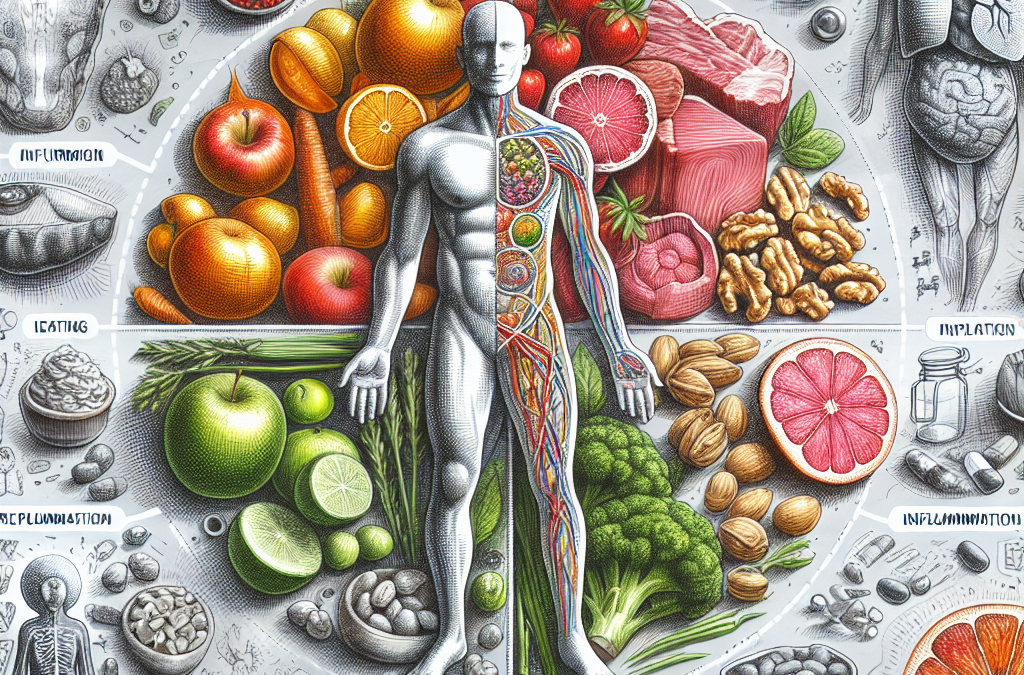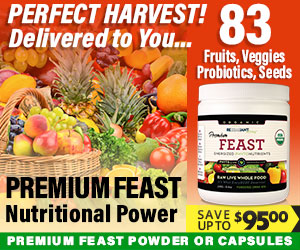Understanding Raw Eating
What is Raw Eating?
So, when I first stumbled upon the concept of raw eating, it seemed pretty wild. Eating food that hasn’t been cooked? I mean, that sounds like a challenge, right? But the idea lies in preserving the natural enzymes and nutrients that can be cooked away. We’re talking fruits, veggies, nuts, and seeds—all in their uncooked form. It’s a simple approach, but it totally transforms your relationship with food.
In my experience, raw eating is more than just a diet; it’s a lifestyle. It meant I had to rethink my meals completely. No more flipping burgers on the grill; I was now prepping colorful salads, smoothies, and even raw desserts! The vibrant colors of fresh fruits and veggies on my plate were not just visually appealing; they made me feel alive and energetic.
However, it’s not just about what you eat but also about how it makes you feel. Switching to raw foods introduced me to a world where I was in tune with my body. I felt lighter, more alert, and, honestly, a lot happier!
The Link Between Raw Foods and Inflammation
How Raw Foods Help
Now, inflammation is one of those terms that gets thrown around a lot, but it’s super important. Chronic inflammation can lead to a bunch of health problems, from heart disease to arthritis. Many times, our diets are the culprits behind this. The great news? Raw foods can help fight inflammation. Seriously! They’re packed with antioxidants and vital nutrients.
One of the biggest benefits I noticed firsthand was how certain raw foods, like berries and leafy greens, reduced my overall inflammation. I used to struggle with puffiness and fatigue, but incorporating more raw foods into my diet helped clarify my skin and boost my energy levels. It was like a fog was lifted off my body!
Another plus? Raw foods tend to be rich in omega-3 fatty acids, which are known anti-inflammatories. Foods like flax seeds, chia seeds, and walnuts have become staples in my kitchen. Not only are they tasty, but they also promote a healthier internal environment.
Essential Raw Foods to Include
Top Picks for Your Plate
If you’re thinking of diving into the raw eating world, knowing what to stock up on is a must. Here are some personal faves I always have on hand. First off, leafy greens like spinach and kale are simply unbeatable. They can be tossed into salads or blended into smoothies for a quick nutrient boost.
Next, let’s talk about nuts and seeds. Almonds, chia seeds, and hemp seeds are loaded with healthy fats and protein. I often snack on these throughout the day, and they keep the hunger pangs at bay while also providing loads of energy!
Don’t forget about the fruits! Apples, berries, oranges—they are all fantastic choices that not only satisfy your sweet tooth but also help to fight inflammation. Plus, they taste fantastic and can be easily incorporated into almost every meal or snack.
Transitioning into Raw Eating
Making the Switch
Transitioning to a raw diet doesn’t have to be a Herculean task. In my journey, I found that taking baby steps was the best approach. I started by incorporating one or two raw meals per week and gradually increased it. It made the process feel manageable and less intimidating.
Get Certified Organic Whole Food Nutrition – Nutrient Dense Supplement
Another tip? Experiment with raw recipes! There are so many amazing books and online resources that provide delicious ideas. I discovered raw vegan sushi, zucchini noodles, and even raw chocolate mousse, which totally blew my mind. Finding recipes that excite me was key to sticking to this lifestyle.
Lastly, don’t forget to listen to your body. It’s crucial to pay attention to how you feel after meals. Some days I felt amazing, while others I might have overdone it on the nuts or raw desserts. Fine-tuning my body’s needs made a significant difference in my journey.
Incorporating Lifestyle Changes
Supporting Overall Health
Eating raw can be a fantastic way to support not just physical health but also mental health. I learned that intertwining this diet with healthy habits, like regular exercise and staying hydrated, was crucial. These lifestyle choices amplified the benefits I was experiencing from my raw food diet.
Engaging in activities like yoga or outdoor walks helped to amplify my energy levels and reduce stress, which is another source of inflammation. Being in nature, soaking up that vitamin D while munching on an apple? Yeah, I would definitely recommend that as part of your routine!
I also started connecting with others in the raw community. Sharing experiences, recipes, and tips helps keep the motivation alive, and it’s great to know you’re not alone in this. Sometimes, just having a support system can make all the difference in the world!
FAQ
1. What is raw eating?
Raw eating is a lifestyle where individuals consume uncooked foods to retain their natural enzymes and nutrients. It’s mainly fruits, vegetables, nuts, and seeds!
2. How does raw eating reduce inflammation?
Raw foods are rich in antioxidants and vital nutrients that combat inflammation. Foods like leafy greens and berries have been particularly effective for me!
3. What are some essential raw foods to include in my diet?
Leafy greens, nuts (like almonds), and various fruits (like berries and apples) are fantastic staples to have in your raw food arsenal!
4. How can I transition into raw eating?
Start small by incorporating a few raw meals each week. Experiment with different recipes and listen to your body’s signals to find what works best for you.
5. What lifestyle changes can complement raw eating?
Incorporate regular exercise, stay hydrated, and connect with communities that share your raw eating journey for added support and motivation.




